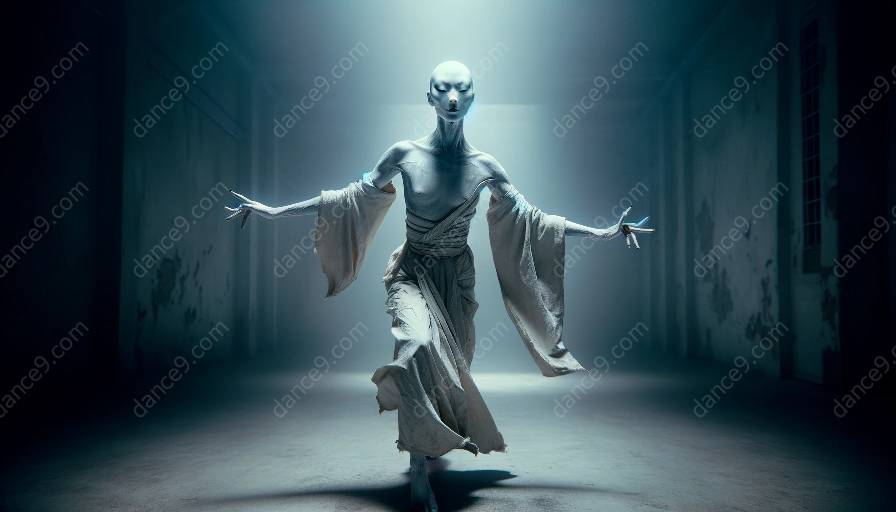Contemporary dance training has increasingly embraced the integration of diverse movement practices to enrich the art form. Central to this is the incorporation of butoh techniques, a dance form that stems from post-war Japan. Its avant-garde approach and focus on self-expression have made it a compelling addition to contemporary dance classes. This article delves into the principles of butoh, its compatibility with dance classes, and the benefits of incorporating butoh techniques into contemporary dance training programs.
The Essence of Butoh
Butoh, often referred to as the 'dance of darkness', emerged in Japan in the late 1950s as a revolutionary response to the country's socio-political landscape. It is characterized by slow, controlled, and exaggerated movements that are deeply rooted in the exploration of the body and the self. Butoh artists delve into the subconscious, pushing the boundaries of conventional dance forms to create a raw, emotive, and deeply personal art form.
Compatibility with Dance Classes
The essence of butoh, which emphasizes introspection, authenticity, and the stripping away of societal facades, aligns with the principles of contemporary dance. The focus on unearthing raw emotions and allowing the body to express them authentically resonates with the spirit of contemporary dance, which often seeks to break free from traditional constraints. Butoh encourages dancers to connect with their inner selves and embrace vulnerability, qualities that are highly valued in contemporary dance classes.
Moreover, the technical aspects of butoh, such as controlled breathing, refined body articulation, and a deep exploration of movement dynamics, offer valuable components that can enhance a dancer's repertoire. These elements add depth and nuance to a dancer's physicality, enriching their ability to embody a wide range of movements and emotions.
Integrating Butoh Techniques
Integrating butoh techniques into contemporary dance training programs involves adopting its philosophical and technical principles. This may include incorporating exercises that promote introspection, improvisation, and the exploration of unconventional movements. The use of imagery and metaphor to evoke emotions and sensations can also be integrated to encourage dancers to delve deeper into their creative and emotional reservoirs.
Furthermore, the meditative and grounding aspects of butoh can be integrated into the warm-up and cool-down segments of dance classes. This allows dancers to connect with their breath, develop a heightened awareness of their bodies, and cultivate a sense of presence and stillness, which are essential components of butoh practice.
Benefits of Integration
The integration of butoh techniques into contemporary dance training programs offers several benefits. It provides dancers with a unique avenue for self-expression, allowing them to explore unconventional movement vocabularies and delve into the depths of their emotional landscapes. This can lead to a heightened sense of authenticity and presence in their performances, enriching their artistic expression.
Additionally, the incorporation of butoh techniques fosters a greater understanding of the body and its potential for expression, encouraging dancers to move beyond the confines of traditional dance forms. It cultivates a sense of liberation, encouraging dancers to embody movement with a sense of freedom and openness.
Conclusion
In conclusion, the integration of butoh techniques into contemporary dance training programs offers a rich and transformative experience for dancers. By embracing the essence of butoh and weaving its philosophical and technical elements into the fabric of dance classes, practitioners can unlock new dimensions of movement and expression. This integration fosters a deep connection with the self, enriches creativity, and cultivates a profound sense of authenticity and freedom in dancers' performances.













































































